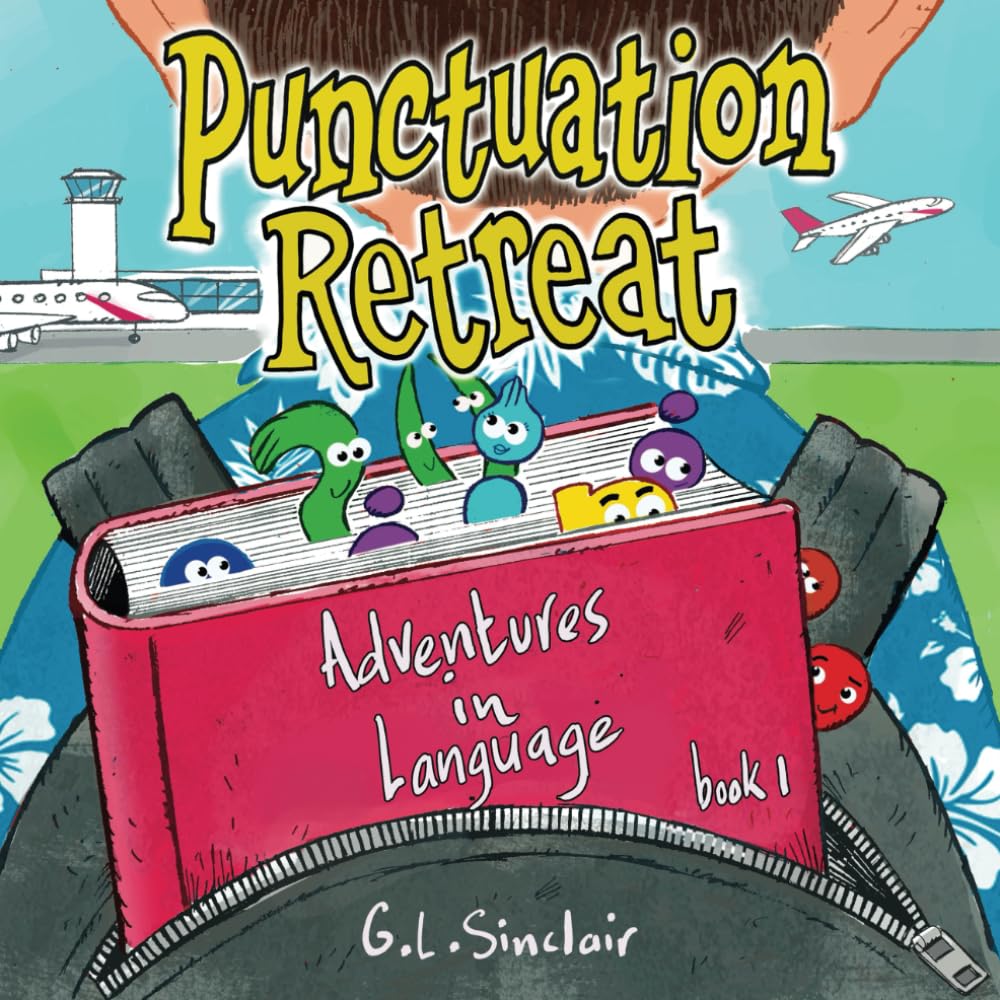
Brimming with wit & whimsy, this sweet picture book is a creative & stress-free introduction to basic punctuation. In this delightful children’s book, each punctuation mark comes to life with its own personality, helping readers understand their important roles in writing. Join the overworked punctuation marks as they embark on a whimiscal retreat to four Caribbean Islands! Hitchhiking on a tourist book to board the airplane, these lively characters take young readers on a colorful adventure. With vibrant illustrations and playful rhymes, discover how commas help you take a breath, periods end a sentence, question marks make you wonder, exclamation points show excitement and much more. This enchanting journey makes learning punctuation fun and memorable.
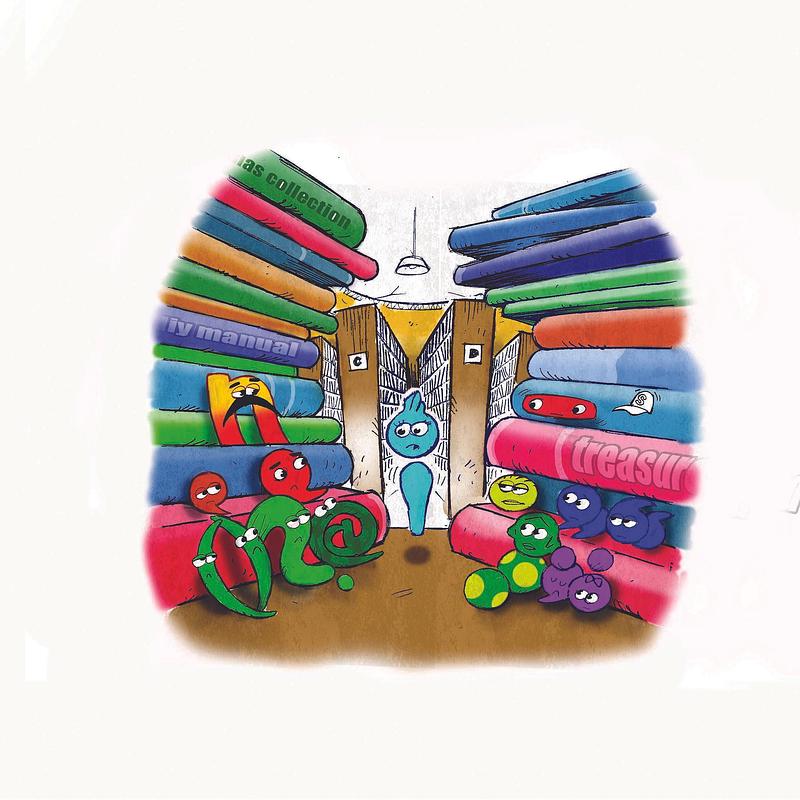
(review request submitted by the author for an honest critique)
Learning how to punctuate a sentence properly can be tiresome. Most kids would rather be doing anything else than editing a sentence or paragraph. Teachers and (homeschooling) parents continually search for new ways to excite their students or children about learning. Well, look no further… Punctuation Retreat makes learning fun!
In chapter one, the writer uses alliteration (words that start with the same letter) when presenting most of the punctuation marks: Penelope Period, Cedric Comma, Eloise Exclamation, Quincy Question, Lenny and Ricky (left and right quotation marks), Clara Colon, Sammy Semicolon, Amelia Apostrophe, Harry Hyphen, Peter and Pippa (open and close parenthesis), and Spencer Space. Swirly McWhirlpool (@ used in emails and to tag), Señor Wiggleworth (~ aka the tilde), Dottie Ellipsis (…) didn’t follow the alliteration route, but their names were catchy and cute, nonetheless. During the first few pages, readers will notice that each character’s name is assigned a specific color with their corresponding mark in the same hue. For example, Quincy Question was in dark green, and so was their punctuation mark. A creative touch that extensively feeds into visual stimuli, which is how most of the information is transmitted to the brain.
Feeling overworked and underappreciated, the punctuation pals set off to a Punctuation Island Retreat for much-needed rest, relaxation, and fun. The first stop is Havana, where kids learn about Cuba’s capital and gain insight into the unique way the Spanish language uses question marks and exclamation points. Readers will also get the inside scoop on the “squiggly line over the N”: its name in English and Spanish and its function.
Next, the punctuation marks jet off to the Cayman Islands, my dream vacation spot. There is much to do there, and the weather and sights are beautiful! In this chapter (#3), readers discover fun activities the island holds while understanding which grammar mark goes where. Readers will learn interesting facts, too. For instance, I had no idea of Blackbeard’s real name. Do you? If you answered no, I encourage you to pick up this wonderful book and discover the answer. Attend the Pirate Week Festival, too!
After the friend group hopped out of the tourist book and into a magazine, they flew to Martinique, a French-speaking island many readers might have yet to hear of. During this section, I noticed the most missed opportunities to shade and bold punctuation marks used by their namesakes, like Amelia and her apostrophes. On the plus side, this chapter (#4) taught me a thing or two. I discovered how important ONE grammar mark was to the French people (to all of us, really) and what the French used in place of quotation marks. The most significant language difference came when the punctuation marks team visited Jamaica. (Read the sign written in Jamaican Patois and ask your class to note the differences and similarities between it and American English.)
Punctuation Retreat takes readers on an amazing adventure from Cuba to the Grand Cayman, onward to Martinique, and then to Jamaica before returning home. Kids learn to punctuate sentences correctly, are introduced to foreign languages, and gather wonderful information about each tourist spot. Young or old, we will all discover something new during our journey. Though I applaud the writer’s innovative way of teaching kids how, where, and why each punctuation mark is used, the writer missed moments when punctuation was not highlighted when their character spoke. But again, I must commend the long hours spent crafting this book; it had to be no easy feat!
Punctuation Retreat presents information in a whimsical and fun way that’ll entertain kids instead of their typical reaction to grammar lessons — yawns. This book hits the mark from text to images, and I recommend including it in your grammar lessons. BTW: my favorite was the tilde. I loved the artist’s play on the grammar mark, using it as a mustache for Señor Wiggleworth.
Amazon’s recommended age group is 5-11 years.
Heart Rating System:
1 (lowest) and 5 (highest)
Score:
Meet the Author



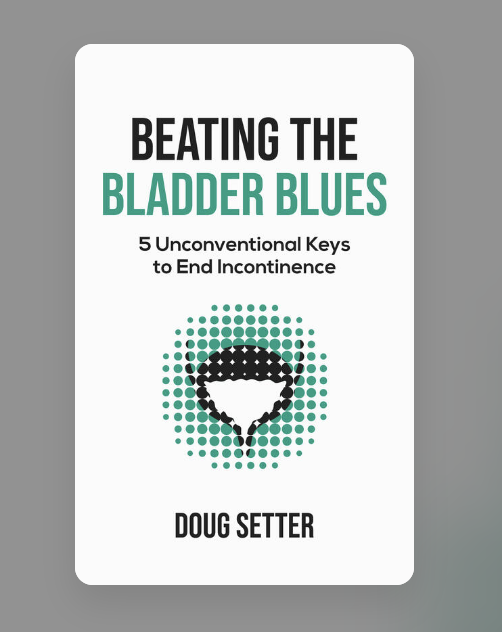
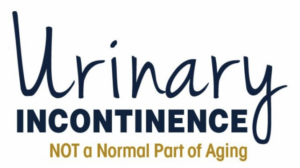

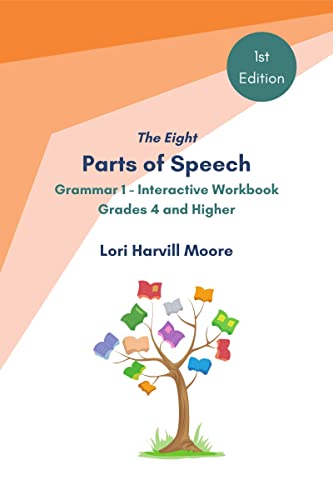 This downloadable interactive workbook allows students in
This downloadable interactive workbook allows students in 
